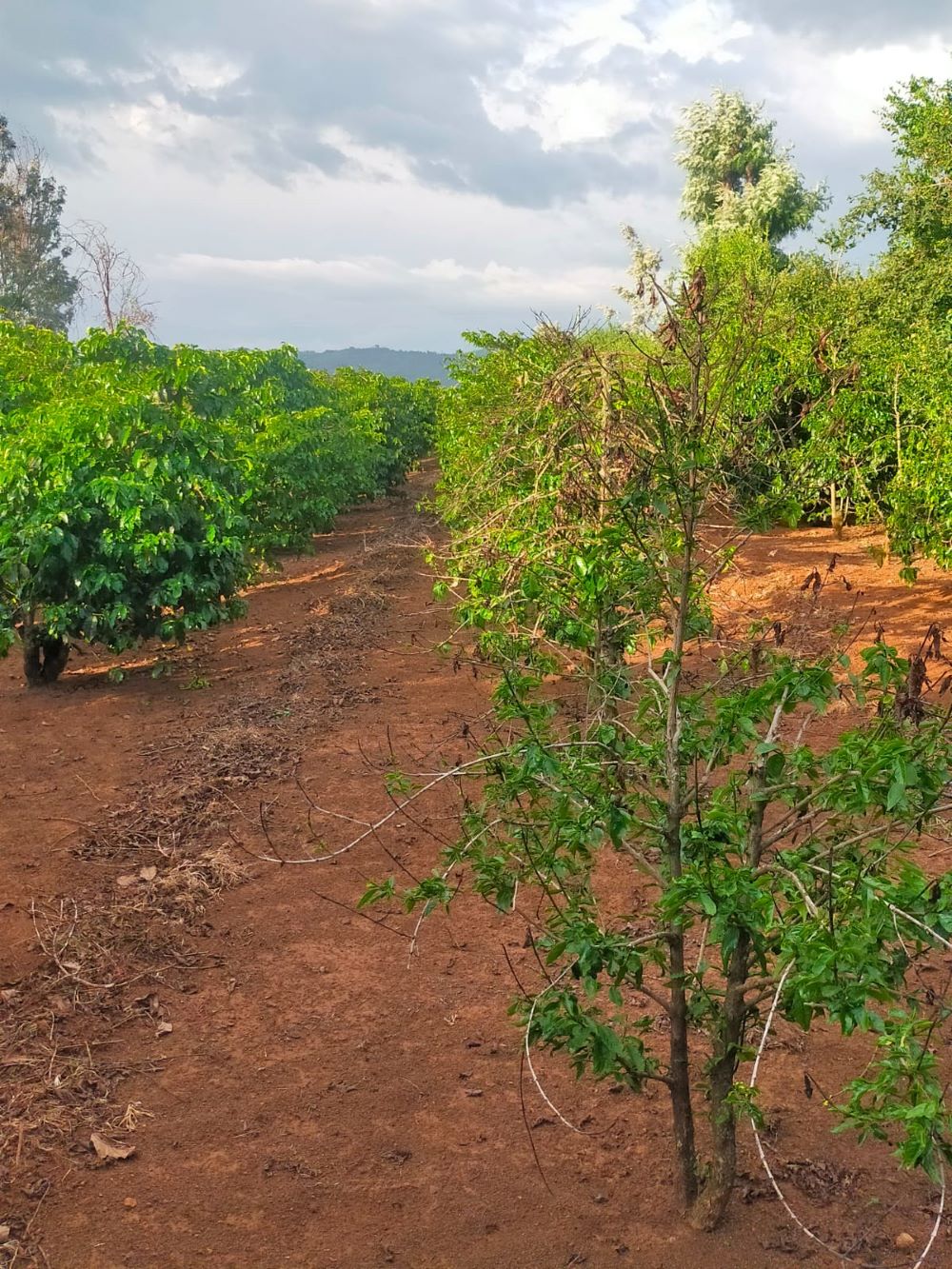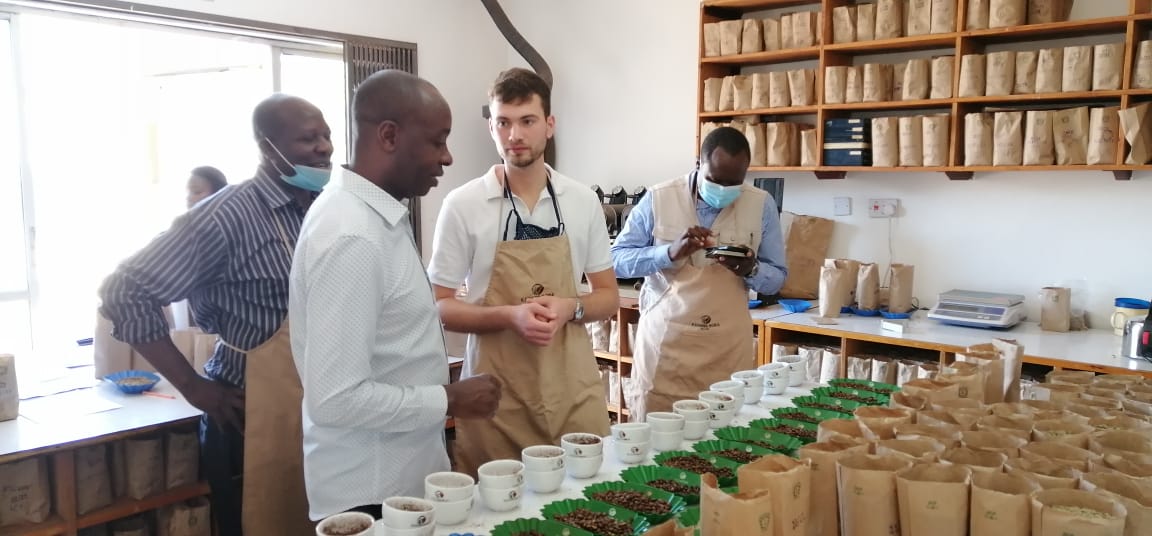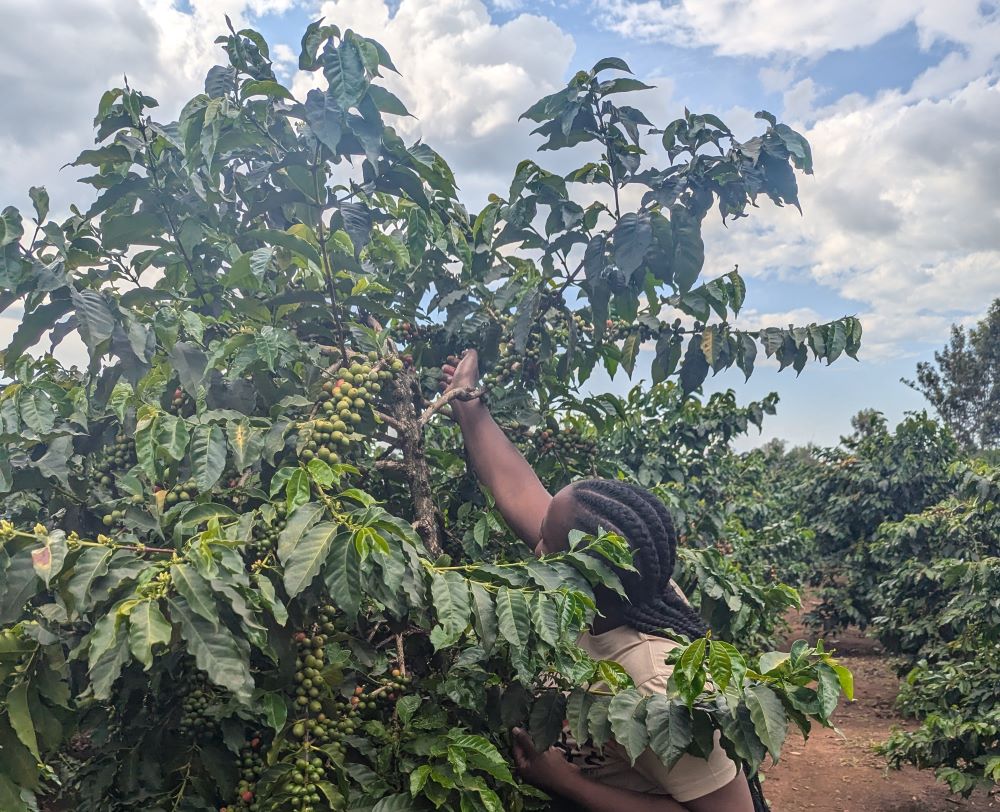What if your morning cup of coffee suddenly became a luxury? Coffee shops struggle to find quality beans, specialty blends disappear, and that rich aroma you love becomes a thing of the past. It sounds extreme, but this could be the future if climate change continues to wreak havoc on global coffee production.
Coffee Farms Are Shrinking Fast
Coffee plants, especially Arabica coffee, need specific conditions to thrive. Arabica grows best at cooler elevations with steady moisture and mild temperatures between 64 and 72 degrees Fahrenheit. As global temperatures rise, Coffee farmers have moved to higher altitudes for better conditions, but land remains limited. Many small farmers lack the resources to relocate, forcing them to quit coffee farming or switch to less profitable crops.
What does this mean for the future of your favorite coffee? If these changes continue, coffee production will decrease, making coffee more expensive and less accessible.
Scientists predict that by 2050, half of the land currently used for coffee might not be suitable anymore. Right now, some of the best coffee-growing regions, such as Brazil, Colombia, Ethiopia, and Kenya, are losing farmland to rising temperatures and unpredictable weather.
Pests and Diseases Threaten Coffee Crops

Coffee plants are delicate and not built to handle extreme temperature shifts. Arabica, the world's favorite coffee variety, is especially sensitive.
Rising temperatures allow pests and diseases to thrive, putting coffee farms at even greater risk
- Coffee Leaf Rust – This fungal disease creates orange spots on coffee leaves, weakening plants and reducing harvests.
- Coffee Berry Borer – This tiny beetle bores into coffee cherries and destroys the beans.
- Drought and Excess Rainfall – Farmers also struggle with unpredictable rainfall. Some years bring droughts that dry up coffee plants before they can produce fruit. Other years bring heavy rains that lead to mold and rot, ruining entire harvests.
Kenyan Coffee Farmers Struggle to Keep Up
Kenyan coffee stands out for its bold flavors and bright acidity. Coffee lovers worldwide seek out Kenya AA beans for their rich taste. However, Kenyan farmers face the same climate challenges that threaten coffee production everywhere.

Stephen Kuria, a small farmer from central Kenya, has watched his farm's productivity decline. A decade ago, he harvested over 500 kilograms of coffee per season. Today, his yield has dropped by almost 40 percent because of erratic rainfall and rising temperatures.
Some years, the rains come too late. Other years, we get too much, and the cherries do not ripen properly," says Kuria.

Despite the global demand for Kenyan coffee, local farmers see little benefit. While a cup of Kenyan coffee in a European café may cost upwards of $4, farm laborers like Njeri earn as little as $1.40 per day. Many farmers are losing hope in coffee as a viable livelihood, questioning whether future generations will continue the tradition.
What This Means for Your Morning Coffee
When coffee farmers struggle, we all feel it. Here's what could happen if climate change continues disrupting coffee production:
✔️ Higher coffee prices – A smaller supply will increase costs, making coffee more expensive.
✔️ Fewer specialty coffees – Your favorite single-origin coffee may become difficult to find.
✔️ Lower-quality coffee – As farmers struggle to maintain production, large companies may replace specialty coffee with lower-quality, mass-produced blends.
✔️ Fewer coffee farmers – Many farmers will leave the industry if conditions remain unsustainable, leading to further declines in production.
✔️ Struggling farmers: Millions of small-scale coffee farmers depend on coffee for their livelihood. If their crops fail, their communities suffer.
Consumer Action: What Can You Do?
The good news is that coffee lovers can take action to help protect coffee's future.
According to Peter Kuria, Solai Coffee CEO, emphasizes that the only way forward is to address coffee farmers' environmental and economic struggles. Without urgent intervention, the world could see a drastic reduction in the availability of high-quality Kenyan coffee.
Because, let's face it, a world without coffee is a future nobody wants to wake up to. The time to act is now. -Peter Kuria
To combat climate change, Kenyan farmers are adopting sustainable practices such as planting shade trees to regulate temperature, using organic fertilizers, and adopting drought-resistant coffee varieties. However, these measures require financial support and education, which remain limited for many small-scale farmers.
Here's how you can help:
- Buy sustainable coffee – Choose brands that support farm- direct and eco-friendly farming.
- Support ethical companies – Brands like Solai Coffee partner with farmers to create sustainable solutions.
- Spread the word – The more people understand the issue, the more significant our impact can be.
If the global community values coffee, it must support efforts to create a fairer and more sustainable coffee supply chain.
Coffee & Climate Change: How Climate Change Affects Coffee Production